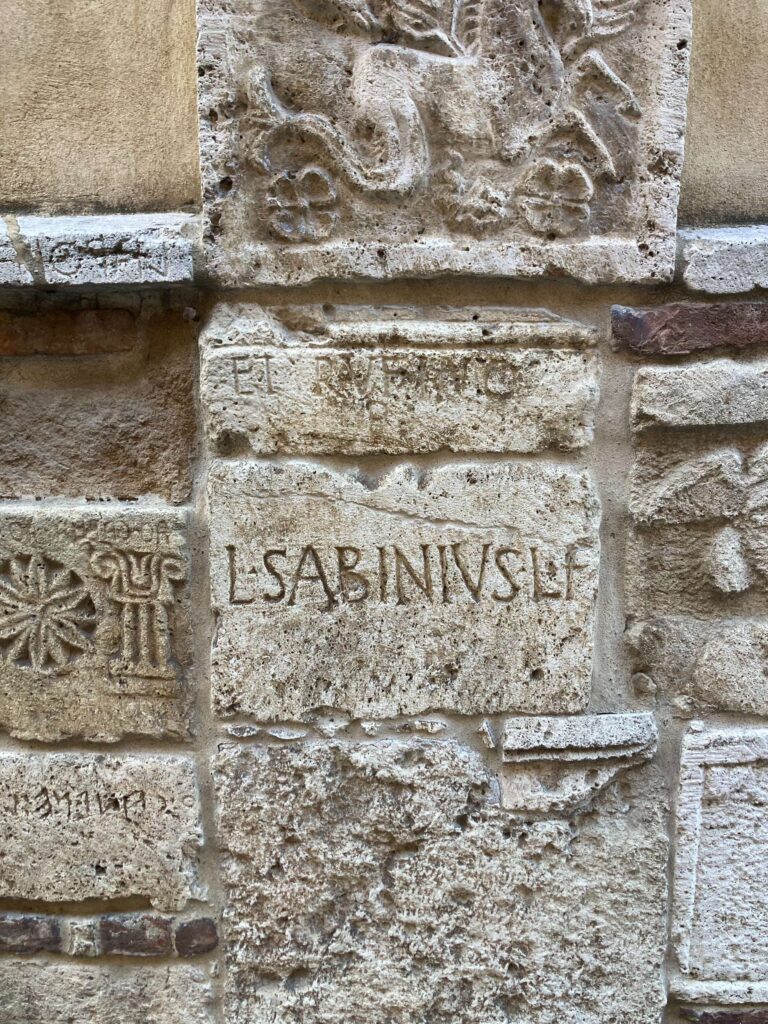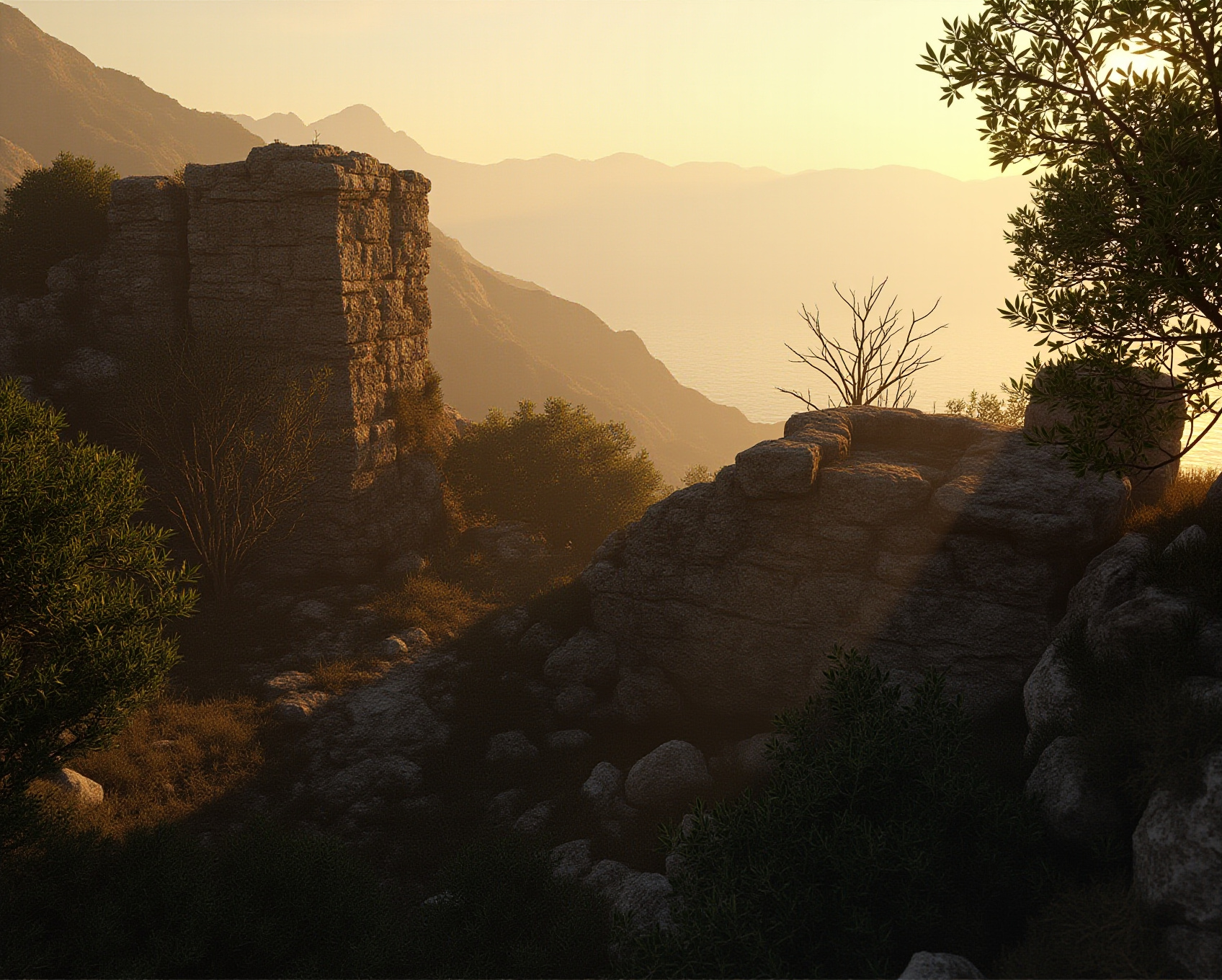The forgotten cities of Dalmatia represent a fascinating and mysterious chapter in the ancient history of this region, which is part of modern-day Croatia. In the last two centuries before the Common Era, the Romans, after great efforts, conquered and subdued Dalmatia. However, they implemented a strict policy known as damnatio memoriae — the “condemnation of memory” — which involved deliberately erasing all traces and memories of the Illyrian cities and their history from public consciousness. This is why today the exact locations of the main ancient hillforts (gradine) of Dalmatia, such as Delminium, Arduba, Andetrium, Raetinium, Splonum, and Seretion, remain unknown.
A History Marked by Resistance and Tragedy
This forgotten period in Dalmatian history is also marked by tragic events, including two collective suicides: the first at the hillfort of Nezakcij, the main city of the Histri tribe in 177 BCE, and the second at Arduba in 9 CE, the last stronghold of the Dalmatians in what is now Dalmatia. These two historical episodes, which mark the beginning and the end of the Illyrian-Roman wars, span nearly 200 years — a turbulent era vividly brought back to life in the book by Croatian author and researcher Natalija Princi.
The Dalmatian Wars and Romanization
The Dalmatian Wars, lasting over 160 years, were prolonged conflicts between the Illyrian tribe of the Dalmatians and the Romans, as the locals fought to preserve their independence. Over time, the Romans crushed the military power of the Dalmatians, and after their final defeat, Roman authority was firmly established in the region. However, Roman conquest brought more than military domination — it introduced profound cultural and political changes through processes of pacification, colonization, urbanization, and Romanization. The Romans built roads, cities, and infrastructure, spreading Roman culture and art throughout the province of Dalmatia.
Why Are These Cities Forgotten?
Interestingly, many of these ancient cities and their precise locations remain unknown because of the deliberate erasure of their memory, which caused their history to be forgotten. Nevertheless, ongoing archaeological research and investigations continue to search for these sites, and their stories are revived through works like those of Natalija Princi and programs such as On the Edge of Science.
Dalmatian Hinterland: The Keeper of History
The Dalmatian hinterland, or Zagora, still holds traces of this rich but often overlooked history. Less famous than the Adriatic coast, Zagora is a rugged landscape of stone villages and cultivated fields, where local people have maintained their traditions and connection to the past over centuries.
Conclusion
This topic reveals how complex Dalmatia’s history is and how important it is for understanding not only local but also broader Roman and Illyrian heritage in the Balkans. The forgotten cities are not just archaeological sites — they are symbols of resistance, culture, and identity that survived despite attempts to erase them from memory.

Further reading:
Ancient Dalmatia and Illyrian Tribes
Discover the hidden history and breathtaking landscapes of Croatia’s Dalmatian hinterland on two wheels — an unforgettable cycling adventure awaits you!

